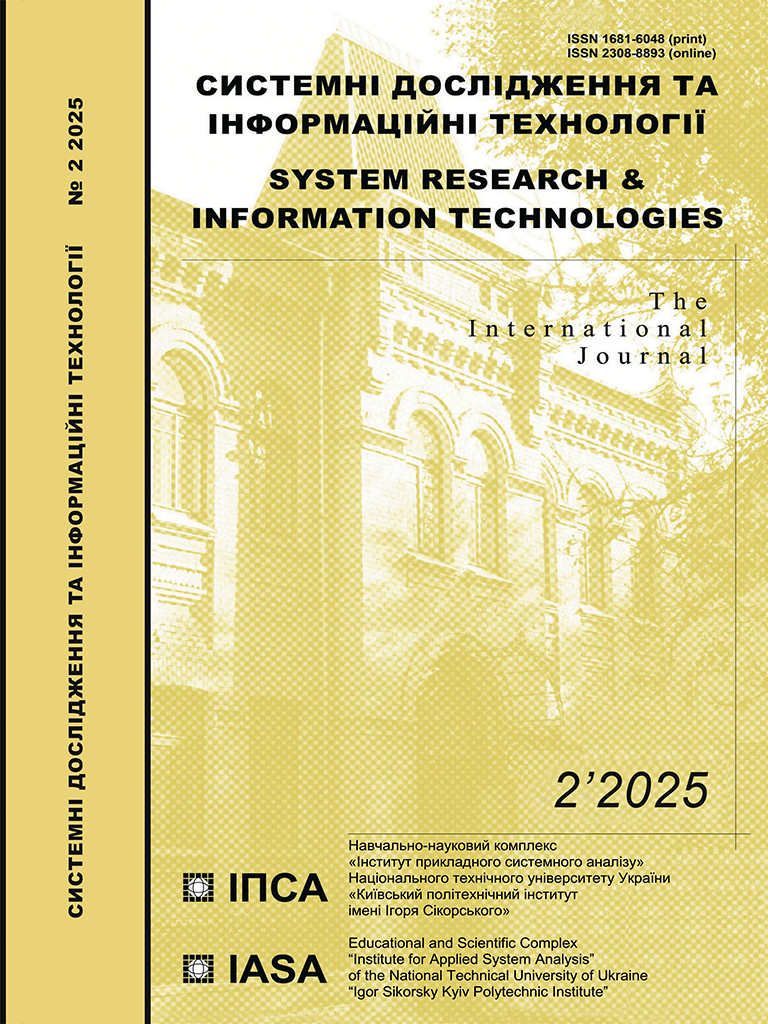Ranking of the technical condition of aircraft according to the diagnostic data of the glider design
DOI:
https://doi.org/10.20535/SRIT.2308-8893.2025.2.06Keywords:
technical condition of the airframe, strength, operation of aircraft, control systems, decision-makingAbstract
Analysis of the data obtained through non-destructive testing of the power elements of the airframe structure enables the division of the studied aircraft into separate groups based on operational methods and, accordingly, predicts the probability of trouble-free operation of the airframe structure. Based on a bionic logical analysis of data on the technical condition of the aircraft’s airframe design, the article considers methodological approaches to building the author’s mathematical model of ranking the aircraft fleet. The ranking of the technical condition of aircraft serves as the basis for solving the problem of preparation, making a decision on extending the service life and taking into account the aging of the airframe design in operating conditions. The application of the proposed set of methods will create and establish a practical and effective system of intelligent support for decision-making on aircraft operations.
References
A.A. Sherba, W.W. Kirick, Systems with fuzzy logic for regulating electrical modes. K.: Institute of Electrodynamics of the National Academy of Sciences of Ukraine, 2011.
B.M. Herasimov, W.M. Lokazyuck, O.G. Ohsiyuck, O.W. Pomorova, Intelligent decision support systems. K.: Publishing House of the European University, 2007.
Vedna Sharma, Surender Singh Samant, “A multi-level decision-making frame-work for heart-related disease prediction and recommendation,” System Research and Information Technologies, no. 4, 2023. doi: https://doi.org/10.20535/SRIT.2308-8893.2023.4.01
E.Yu. Barzylovych, M.V. Savenkov, Statistical methods of assessing the state of aviation technology. M.: Transport, 1987.
Yu.P. Shabanov-Kushnarenko, Theory of intelligence: Mathematical tools. Kharkiv: Higher school. Publishing House at Kharkiv University, 1984.
Fuzzy sets in models of control and artificial intelligence; Edited by D.A. Pospelova. M.: Nauka, 1986.
L.K. Konysheva, D.M. Nazarov, Fundamentals of the theory of fuzzy sets: Tutorial. St. Petersburg: Piter, 2011.
M.A. Aizerman, E.M. Braverman, L.I. Rozonoer, The method of potential functions in the theory of machine learning. M.: Science, 1970.

